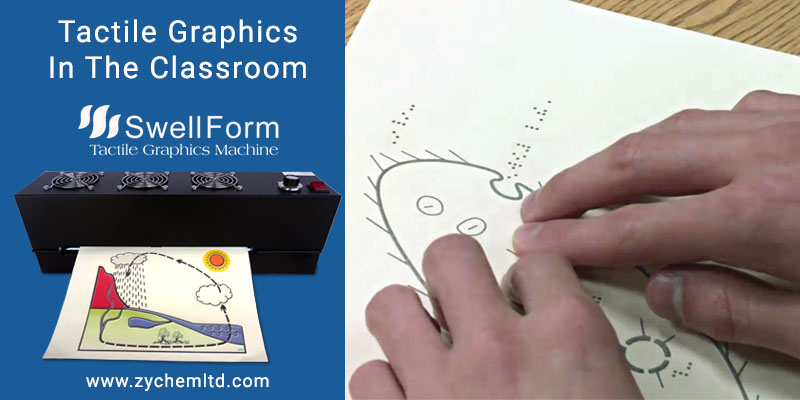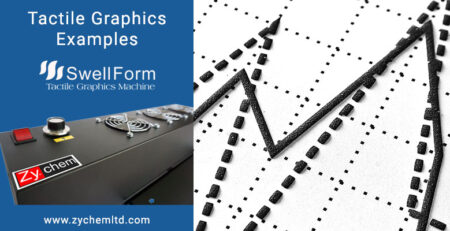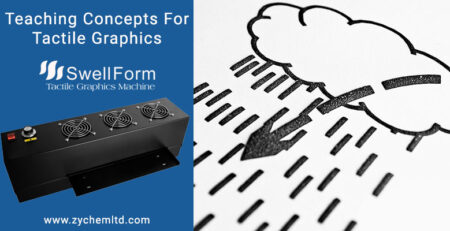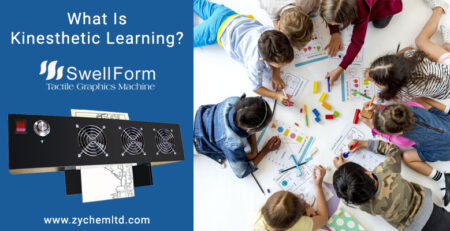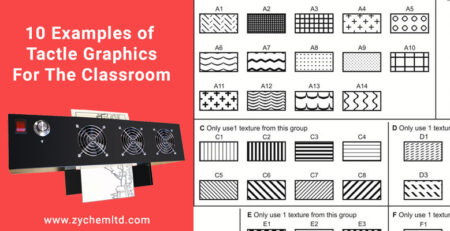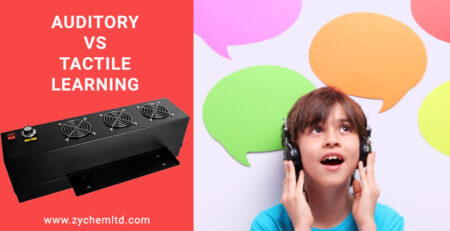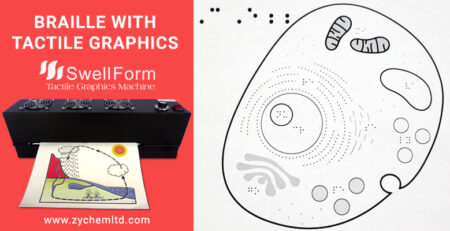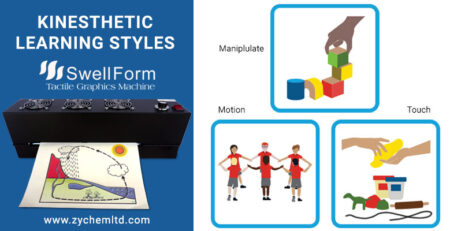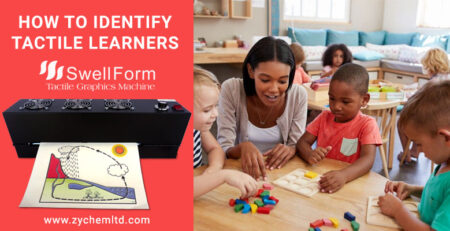Tactile graphics are visual representations of information that are designed to be felt with the hands, rather than seen. They are often used in educational settings to help blind or visually impaired students learn the same information that sighted individuals get by looking at pictures.
There are several ways in which tactile graphics can be used in the classroom:
- Textbooks:
Many braille textbooks include tactile graphics making visual graphics accessible to blind students. . - Manipulatives:
Tangible objects that students can touch and manipulate can be used to help students understand concepts like math, science, and geography. - Graphs, diagrams and charts:
Tactile versions of diagrams, charts, and other visual aids can help blind students understand and analyze information. - Hands-on activities:
Hands-on activities, such as building models or conducting experiments, can also be enhanced with the use of tactile graphics.
Overall, tactile graphics can be a valuable tool for helping students with visual impairments learn and understand concepts by touch.
One of the most popular ways of producing quick tactile graphics is by using a Swell Form machine and Swell Touch paper (specialized paper for creating raised graphics). In addition the Tactile Library at https://tactilelibrary.com offers thousands of free, pre-made and downloadable diagrams with many of the concepts mentioned above, which enables teachers to easily build a tactile lesson plan. A Swell Form machine can be used safely within a supervised classroom setting.

